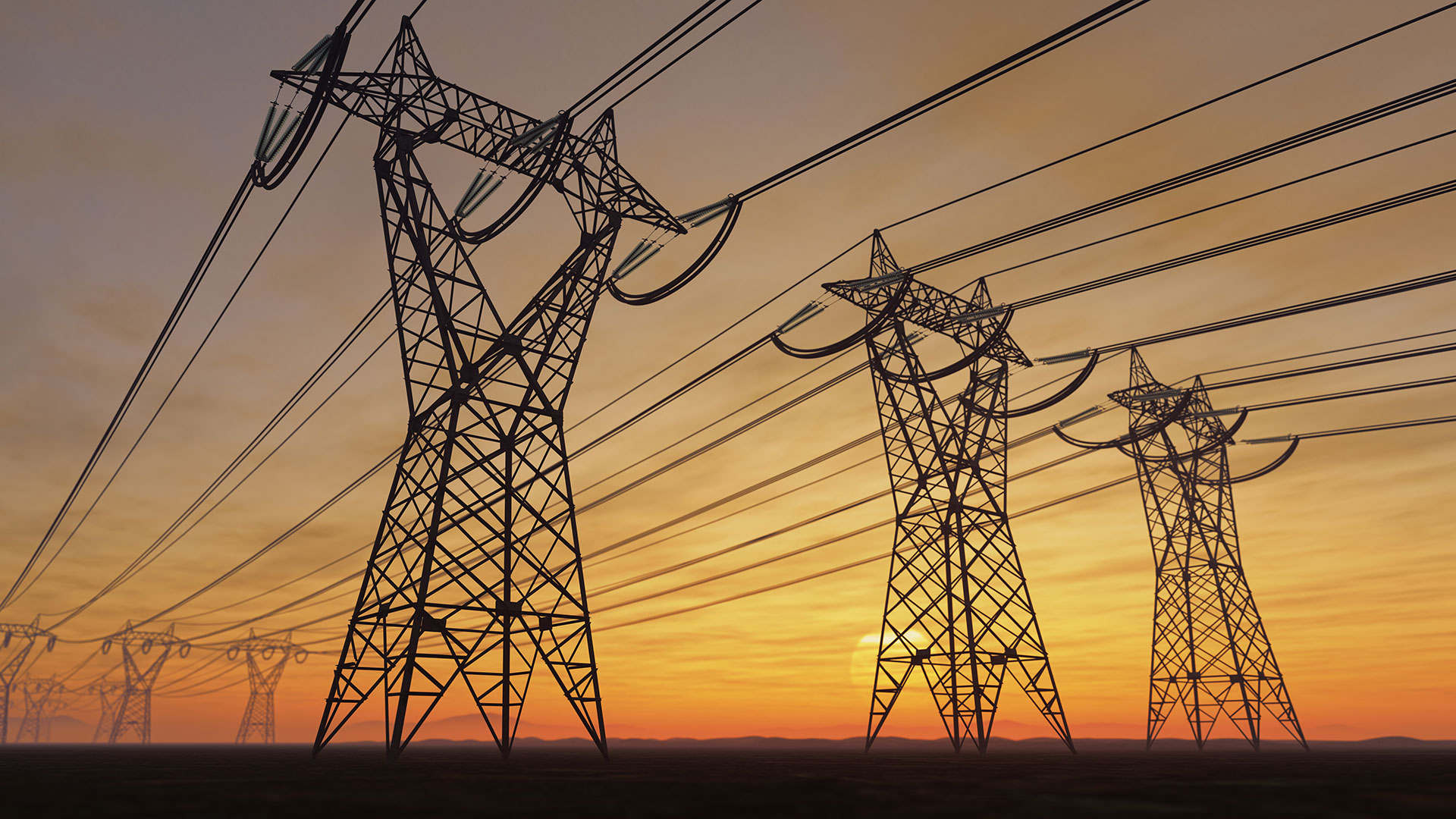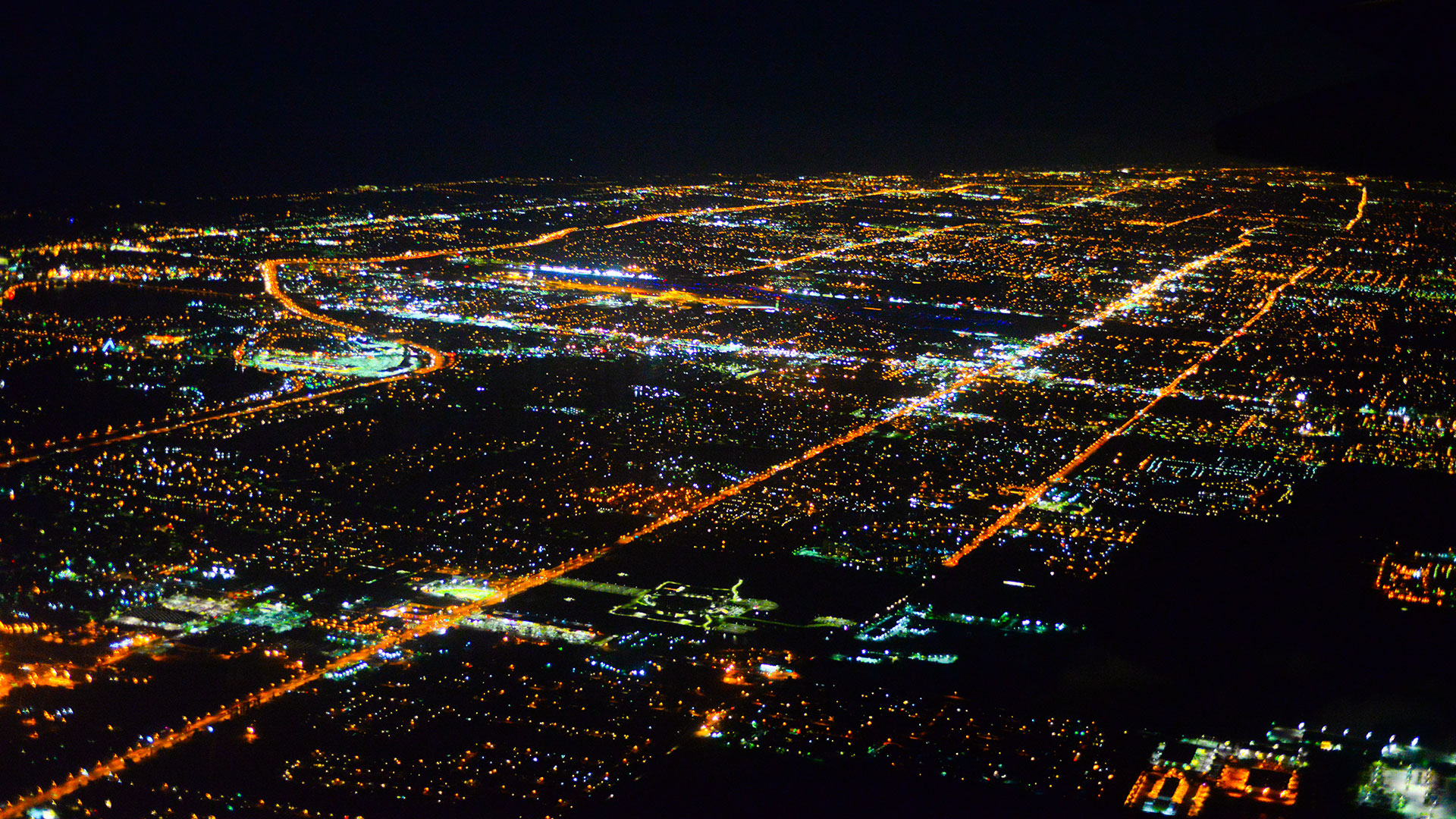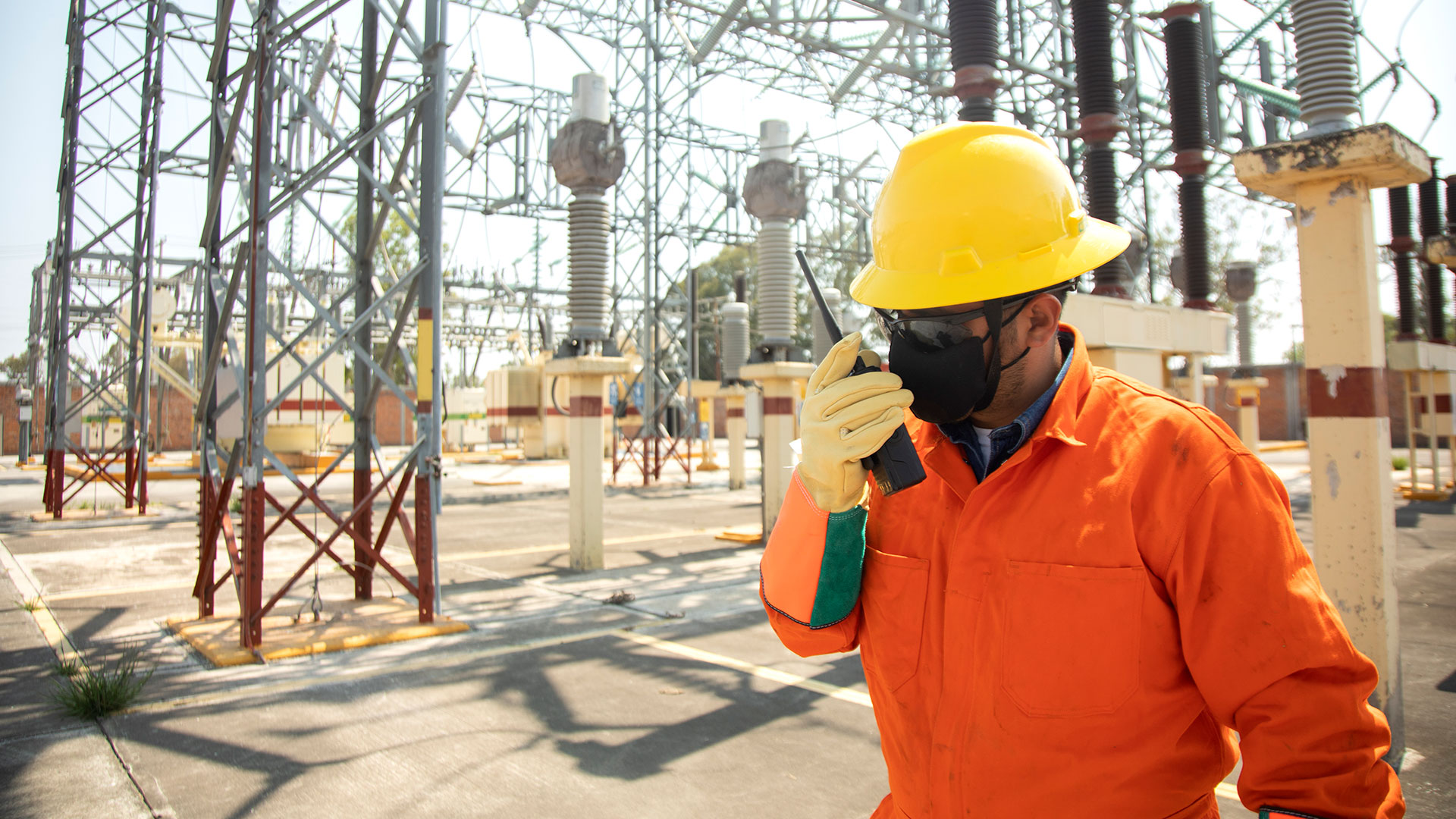Protecting critical infrastructure, and especially the U.S. Energy Grid is certainly a topic that keeps the U.S. Department of Homeland Security (DHS), The U.S. Department of Energy (DOE), The U.S. Department of Defense (DOD), and U.S. intelligence community planners up at night. The threats can be from cybersecurity attacks (by countries, criminal gangs, or hacktivists), from physical attacks by terrorists (domestic or foreign) and vandals on utilities or power plants, or from an Electronic Magnetic Pulse (EMP) generated from a geomagnetic solar flare, or from a terrorist short range missile exploded in the atmosphere.
The underlying reality is that from an energy frequency perspective, the aging U.S. Energy Grid infrastructure is extremely vulnerable to cyber-attacks, physical incidents, and existential threats.
What Is The US Energy Grid?
The U.S. Energy Grid is divided into three major regions: The Eastern Interconnection, which operates in states east of the Rocky Mountains, The Western Interconnection, which covers the Pacific Ocean to the Rocky Mountain states, and the Texas Interconnected system.
The U.S. Energy Grid serves as the backbone of energy infrastructure. Via the grid, electricity generated at power plants moves through a complex network of electricity substations, power lines, and distribution transformers before it reaches customers. In the United States, the power system consists of more than 7,300 power plants, nearly 160,000 miles of high-voltage power lines, and millions of low-voltage power lines and distribution transformers, which connect 145 million customers. U.S. Energy Information Administration – EIA – Independent Statistics and Analysis








